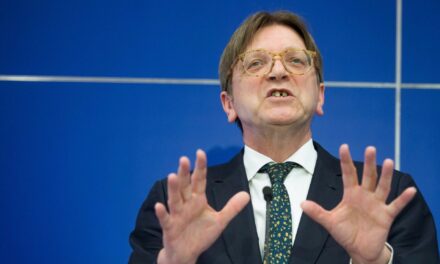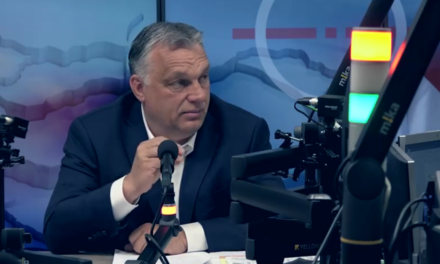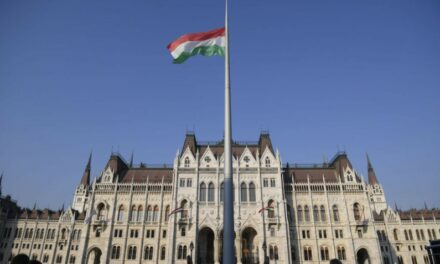A gigantic investment is about to start in Budapest in connection with rail transport, the state secretary writes in his Facebook post.
According to him, the problem is that it is almost mission impossible to get to the city and go home from the outer districts and the agglomeration. While Budapest does not only consist of the city center - those living in the outer districts and the agglomeration also deserve good transport!
Every day, one million people come by car from the agglomeration and the outer districts to the inner city districts. To work, to study, to use services. It is understandable that they come by car, because public transport is not reliable enough, not dense enough, fast and convenient.
We stand in traffic for hours. The city center is paralyzed by too many simultaneous road closures in the capital, traffic restrictions, and lane closures criticized by many. Not only do we waste our time, but the air is worse and it's a huge stress to get to work or home. The situation will only get worse: the population of the outer districts and settlements around the capital is constantly growing. This challenge must be solved, and in this the railway is the golden reserve of the city and its surroundings," writes the politician.
He added: "The solution is simple: everyone should get to their destination faster and more comfortably, there should be fewer traffic jams, and cleaner air. The right way is the continuous development of public transport, making it more attractive, the construction of the missing northern (Aquincumi) and southern (Galvani) peripheral bridges and related boulevard elements, thereby relieving the burden on the city center, and establishing a large number of P+R, B+R parking lots at external junctions, so that you can park your car or bike. Transport in Budapest and its surroundings is essential for the development - but not sufficient on its own! – is a condition of railway development. This is of national and European significance, as Budapest is today a bottleneck for the railway. It is difficult to cross the Danube by train, only at one point (Southern link) - while European lines and national passenger transport would also find a way here between east and west, north and south."
The Minister of State emphasized that the railway must once again become an important means of transport within Budapest and a much more used means of travel between the Budapest agglomeration than today.
"We need to make Budapest much more passable for traveling by European, Hungarian, regional and Budapest railways! The Budapest Agglomeration Railway Strategy guarantees this. With the development of the railway, we will achieve a doubling of the number of people arriving and returning home from the suburbs by train. Experience proves: such a doubling took place on the recently renovated Esztergom and Székesfehérvár lines."
"Based on the decision, the national governments of the next two decades will spend another 3,000 billion forints (plus an additional 1,000 billion for HÉV development) for the significant development of transport in Budapest and the urban area, mainly from EU sources! Even today, 75% of MÁV's total annual passenger traffic (160 million passengers a year, including the Hévé!) is provided by transport between Budapest and the capital's agglomeration. This is where Hungarians really use the railway - this is where it needs to be developed most dynamically!"
"We are developing the infrastructure, we are creating a service covering Budapest. By building the railway tunnel connecting Kelenföld, Déli and Nyugati railway stations, we are realizing a more than 100-year-old plan!"
The best part of the work is coming now - writes Balázs Fürjes. "But every long journey begins with the first step. It is good that Gergely Karácsony and the capital city administration assured BAVS of their support when we discussed it in detail in the Capital City Council for Public Development. We left!"
Source and full article: mandiner.hu
Featured image: MÁV Facebook












